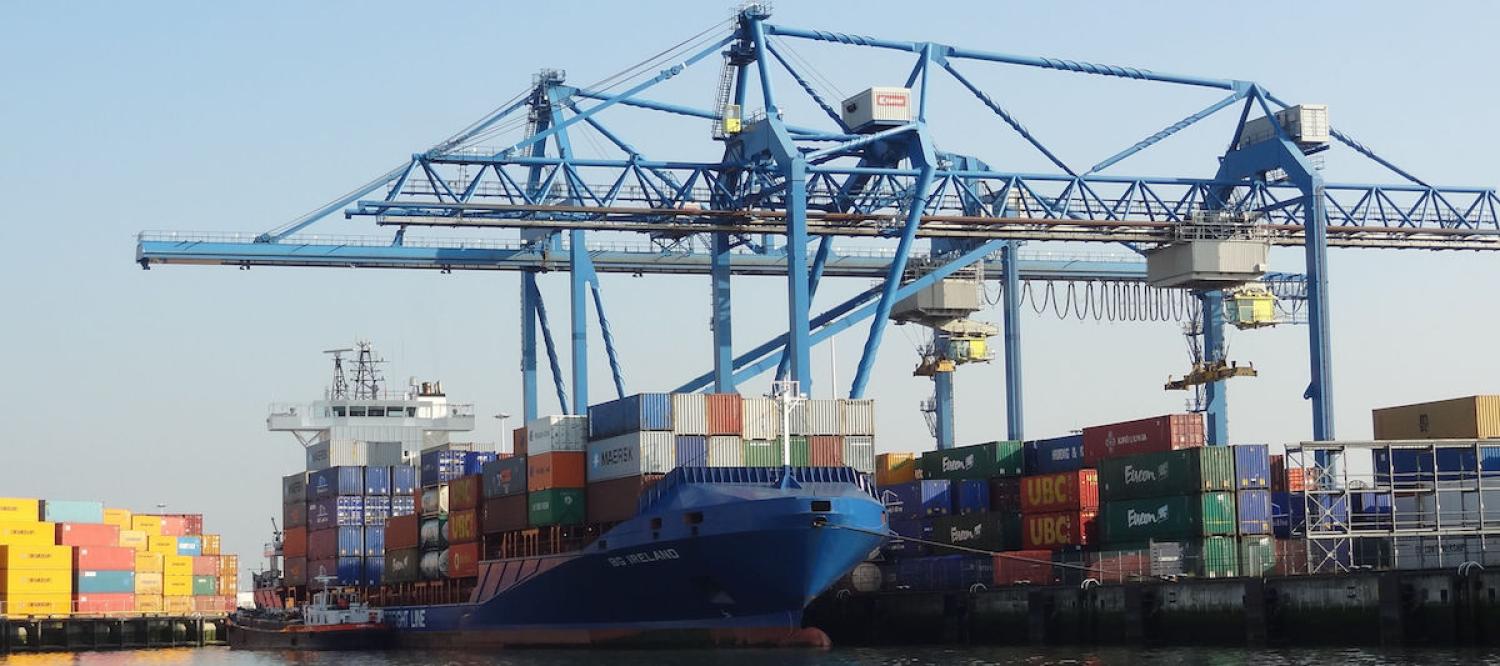The TPP, the biggest and most controversial trade deal in recent decades, has just passed the Senate in Australia with bipartisan support. Despite its speedy confirmation, the TPP warranted more serious scrutiny than it was afforded.
While for its proponents, the TPP is a “gold standard” “21st century agreement” expected to bring significant benefits, it’s far from clear whether these outweigh its many costs, from the impact of Investor-State Dispute Settlement (ISDS) to the consequences of its intellectual property (IP) protections, especially given its miniscule income gains for Australia.
Without the US, the deal is unlikely to influence China.
Likewise, despite celebration of the TPP as a “beacon of free trade against Trumpist protectionism,” which incentivises other actors – especially China – to liberalise, the agreement’s political significance is also overstated. Without the US, the deal is unlikely to influence China, while an American return to the TPP would undermine its progressive “21st century” nature. This necessitates some serious consideration of its costs and benefits.
The Case for the TPP
The original case for the TPP represented a mixture of economic and political benefits. On the former, its proponents argued that a deal accounting for nearly 37% of global GDP and over one quarter of global trade represented significant income gains. Former prime minister Malcolm Turnbull summed this up when he hailed the TPP as a “gigantic foundation stone” for Australia’s prosperity. Moreover, much was made of the TPP’s focus on liberalising “behind-the-border” measures, which have mushroomed since 2008 as a new form of protectionism.
However, a large part of the TPP’s appeal also came from its “political” benefits, expressed in Barack Obama’s claim that it “allows America, and not countries like China, to write the rules of the road for the 21st century.” Indeed, the TPP was seen as crucial to the US “pivot” to Asia, enabling Washington to shape China’s development.
This political appeal became even more pronounced following US withdrawal in 2017. As the economic case diminished with its membership – now only accounting for 13.3% of global GDP and 14.4% of global trade – the TPP became a bulwark against protectionism, sustaining the flame for free trade until Trump leaves office and things return to normal.
Likewise, the TPP’s geopolitical dimension became even more important, representing an opportunity for China to prove its “responsible stakeholder” credentials by adopting its key standards. With the US absent, China might even be tempted to join the agreement itself, solidifying a free trade bloc against a protectionist US. In the most optimistic scenarios, both countries would end up part of the TPP, enhancing prosperity for the whole region.
In this context, the argument goes, the TPP is worth persevering.
The Costs of the TPP
But is it? Despite the hype, there are serious questions whether the benefits of the TPP really outweigh its costs.
Take the economic case. Even before US withdrawal, the most heroic modelling expected the TPP to produce annual income gains of $465 billion by 2030, only $15 billion of which would accrue to Australia, a mere 0.6% increase on baseline projections. Without the US, these shrunk even further to $12 billion by 2030, a 0.5% increase. While any income gained is beneficial, such numbers are hardly “gigantic.”
Moreover, these benefits are questionable in light of the TPP’s significant costs. In intellectual property, for example, despite the removal of some of the more objectionable protections for pharmaceuticals, the TPP’s provisions continue to extend patent lengths and obstruct competition from generic producers. These include “evergreening” – the extension of patents for new uses of existing drugs – and “patent linkage,” which requires patent holders be notified of applications for regulatory approval from generic competitors and given time to seek remedies. As critics have rightly pointed out, such measures not only increase prices, but represent a form of protectionism which stifles innovation and competition.
Likewise, as the Productivity Commission argues, the benefits of investor-state dispute settlement (ISDS) provisions remain “questionable.” Despite the TPP making cosmetic changes to the ISDS process, questions remain about its transparency and accountability. Moreover, while the TPP contains carve-outs for “public welfare” regulation from the ISDS challenge, things are not so clear cut. In many cases, the carve-outs are incomplete, and their interpretation is left up to ISDS tribunals, leaving governments facing lengthy and expensive legal proceedings.
ISDS also has an indirect impact of “regulatory chill”, where light-tough regulatory practices are preferred in the first place, for fear of legal challenge and compensation. These can already be seen in Canada – which has faced the highest number of ISDS challenges – where environmental regulators have set up internal processes to vet proposals for ISDS challenge before they become law. Given our own recent regulatory failures, this represents a potentially dangerous path for Australia.
Finally, it is hard to see how the TPP’s political benefits stack up. Specifically, there is little chance of a US-less TPP exerting leverage on China. Despite occasional rumours, China has not publicly stated that it wishes to join the agreement. The reason is simple: joining the TPP would require a fundamental transformation of China’s economy, that its current leadership is unwilling and unable to undertake. Indeed, China is more interested in exporting its own standards, through instruments such as Regional Comprehensive Economic Partnership and the Belt and Road Initiative.
The Costs of a US Return
In short, given where things stand, it’s hard to see how the benefits of the TPP justify its costs. This is even true in relation to the argument that it keeps free trade alive until the US re-joins the agreement post-Trump. As Trump continues to transform the Republican Party and the US, the notion that things will go back to “normal” after his departure is looking increasingly problematic. Even without Trump, Trumpism might be here to stay.
In trade, this entails a more assertive US, more concerned with zero-sum gains, rather than multilateral cooperation or “21st century” standards. Indeed, as the renegotiations of NAFTA and KORUS suggest, the US is pursuing a “20th century” approach to trade, using its considerable leverage to force markets open and increase its advantages at all costs. Any potential American re-engagement with the TPP thus seems likely to undermine its “21st century” provisions and increase the unilateral benefits to Washington.
Accordingly, there are valid questions about whether the TPP is worth it, and it deserved much more serious scrutiny than it was afforded.

